As a pilot and aircraft owner, knowing how to correctly store and upkeep bushwheels is important for their longevity and performance, especially if they are previously used.
In this guide, we will assist you in identifying potential concerns for used bushwheels and provide tips on how to maintain them to get the best experience out of your rough-terrain flights.

How to Store Your Alaskan Bushweels
Properly storing your bushwheels plays a major role in preventing damage and ensuring the extension of the lifespan of your tires.
Here's how to properly store your tire set:
-
Storing Over 30-days: If you plan on storing your plane for more than 30 days, you should remove any weight off the tires to avoid strain and potential flat spots.
-
Replacing Tires: Consider removing any larger sizes of tires(such as Bushwheels) completely and replacing them with temporary standard tires to alleviate pressure on the aircraft during long-term storage.
-
Inflate if Left Installed: Inflating of the tires to near maximum recommended air pressure is also advised for those left installed on the plane.
-
Beware of Heat Absorption: Be cautious when storing tires on heat-absorbing surfaces, such as asphalt or concrete, as this can cause premature aging and cracking.
-
For Colder Climates: In colder climates, take precautions against freezing by using plywood or dense plastic barriers to prevent tires from sticking to the ground.
How to Maintain Used Alaskan Bushwheels for Longevity
We can’t stress enough the importance of carefully reading and following any instructions in the ICA (Instructions for Continued Airworthiness) when using bushwheels. While these tires are typically built to last, the goal of these directions is to make sure that your back-country travels remain worry-free and that your tires last for as long as possible.
Here are some tips you can follow:
-
Never inflate more than 1 PSI if not mounted: The maximum recommended pressure of 1 PSI when not mounted on a wheel assembly ensures proper balance and stability during takeoff and landing.
-
Rotate Every 100-hours: Regularly rotate your tires to help them maintain optimal performance levels. It is recommended to rotate them every 100 hours or at annual maintenance, both side-to-side and on the wheels assembly themselves. This helps distribute wear and tear evenly, extending the life of your tires.
-
UV Protection: As with any aircraft component, protecting your tires from UV and extreme weather conditions is also important. To combat this, we highly recommend covering your tires with either vented plywood boxes or reflective vented soft covers when not in use. This will prevent UV degradation and other potential damage caused by harsh weather conditions.
To further protect against UV damage, we suggest using 303 Aerospace Protectants monthly on your tires. This powerful product helps maintain the integrity of rubber materials, ensuring they remain in top condition for longer periods of time.

How to Inspect Used Alaskan Bushwheels Before Buying
Before purchasing used bushwheels, check the overall condition of the tires, including tread depth, age, and any signs of damage or wear.
Make sure to verify the maintenance records of the Bushwheels and see that they have been maintained according to manufacturer guidelines. Neglecting proper maintenance can lead to issues that can potentially compromise your future flight adventures.
Take the time to consider the environment in which the Bushwheels were previously used. Harsh weather conditions and rugged terrain and rocks can take a toll on any aircraft component, so gather information about their previous usage.
While purchasing used bushwheels may offer cost savings compared to buying new ones, try to balance this with the need for reliability.
Checkout our full buyer's guide for used Alaskan Bushwheels.







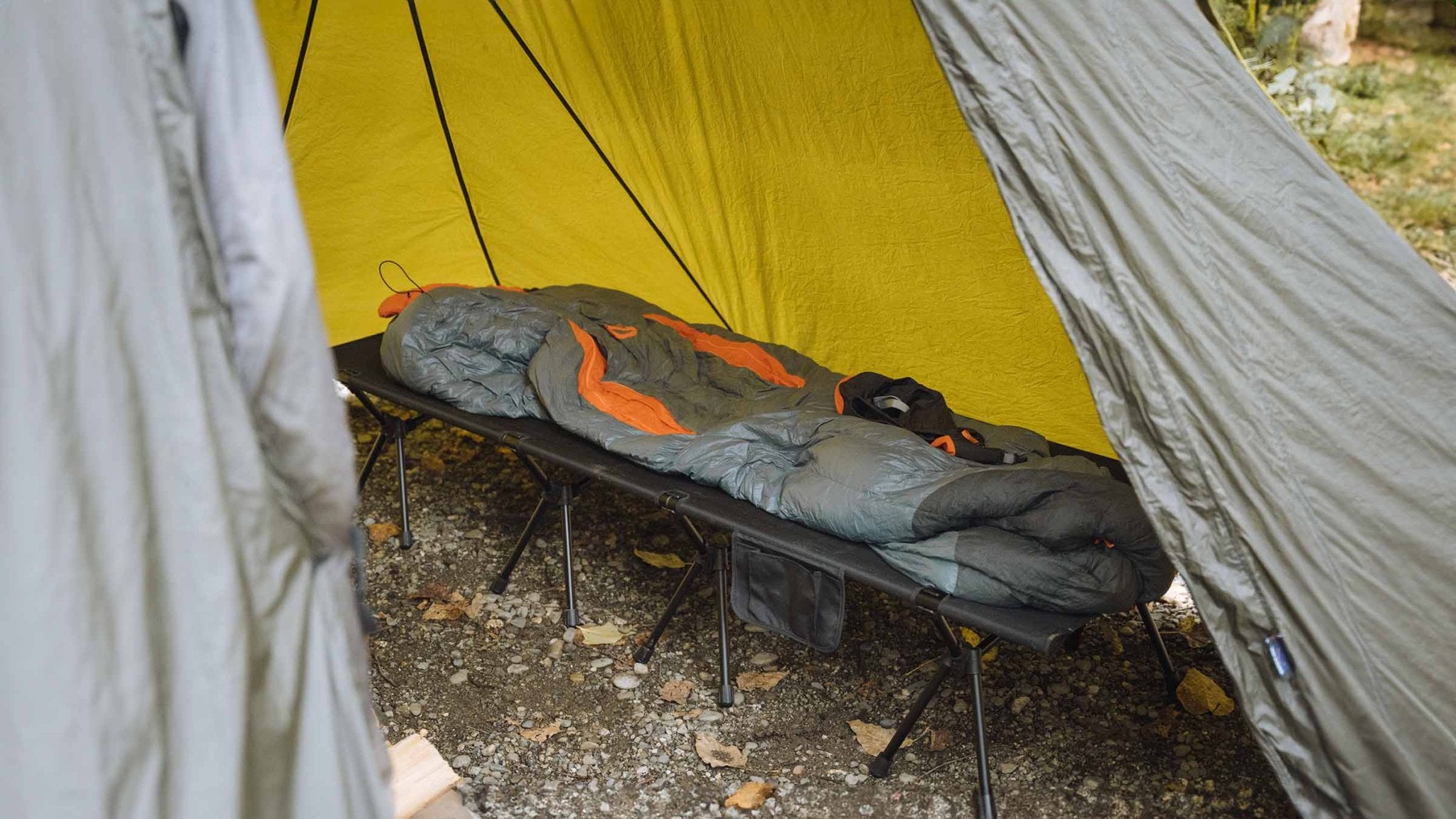
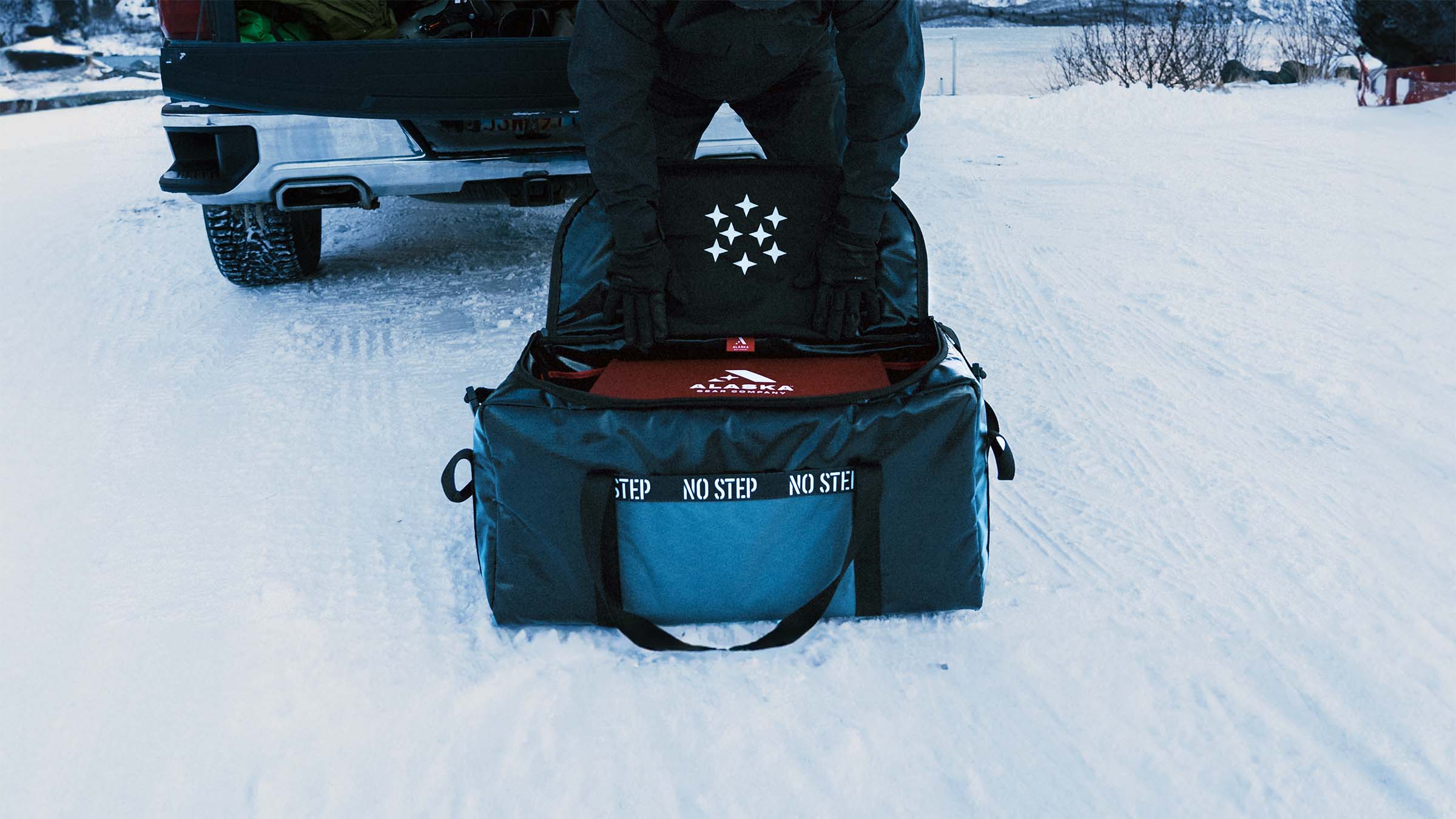


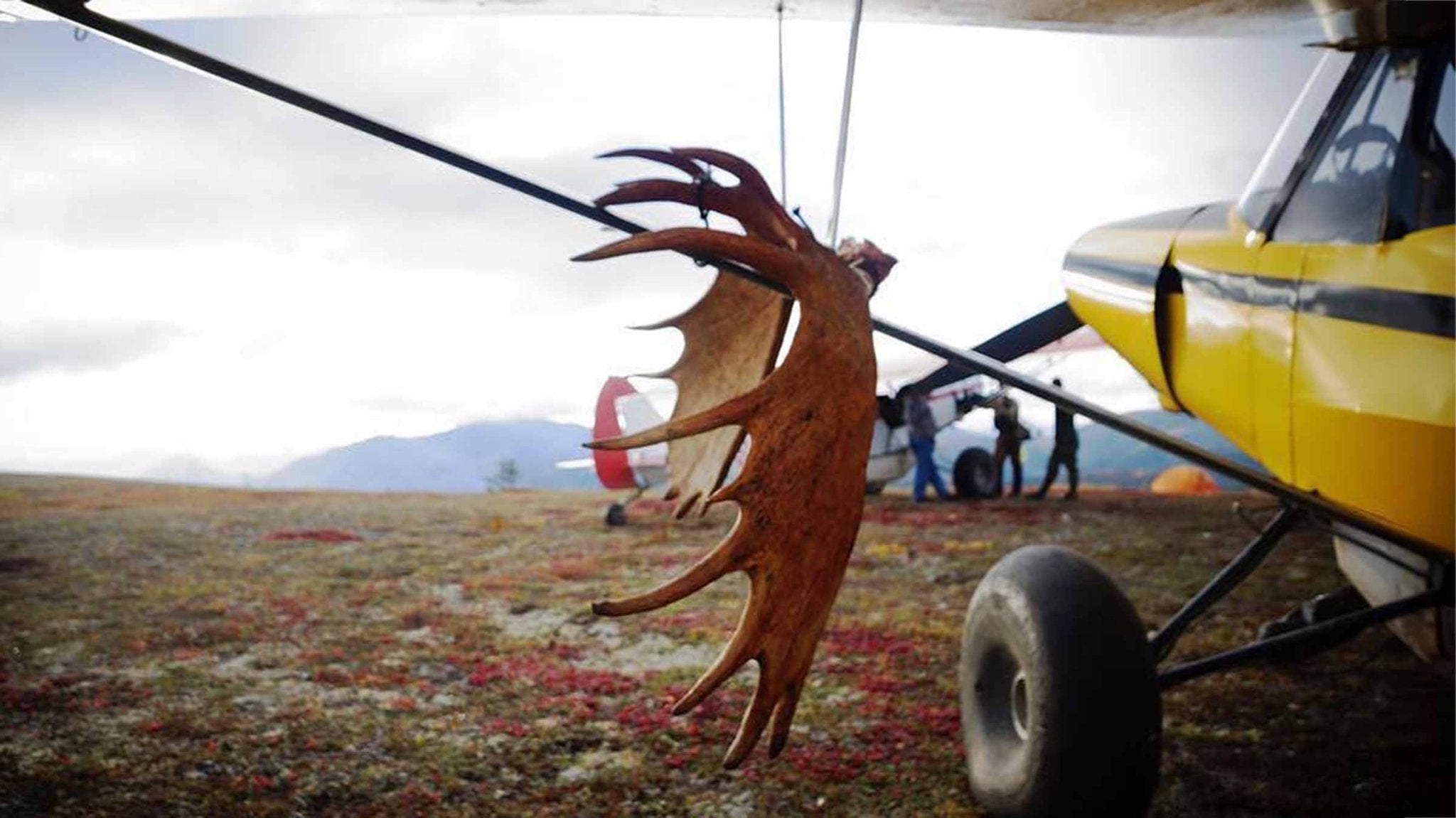

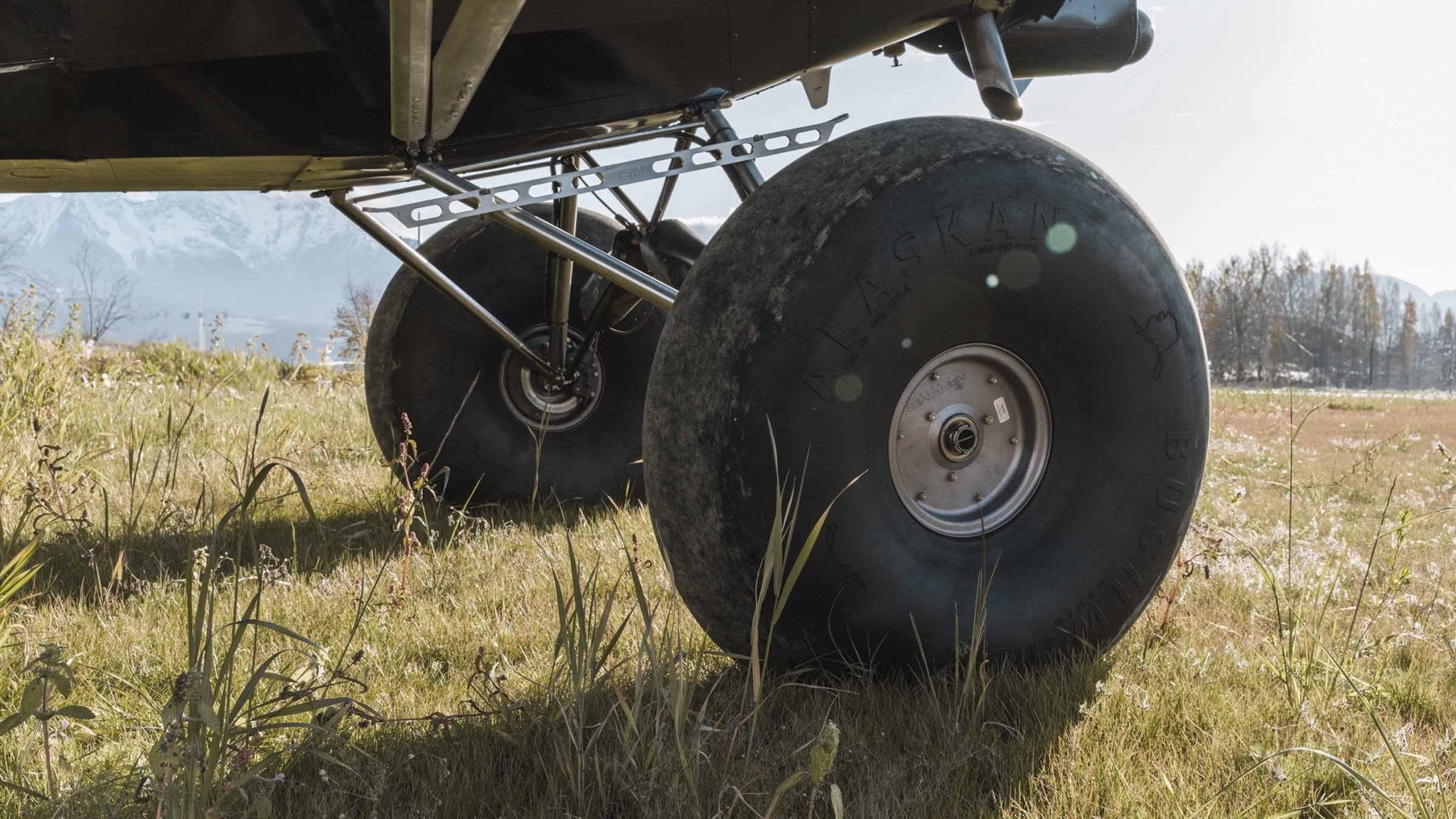
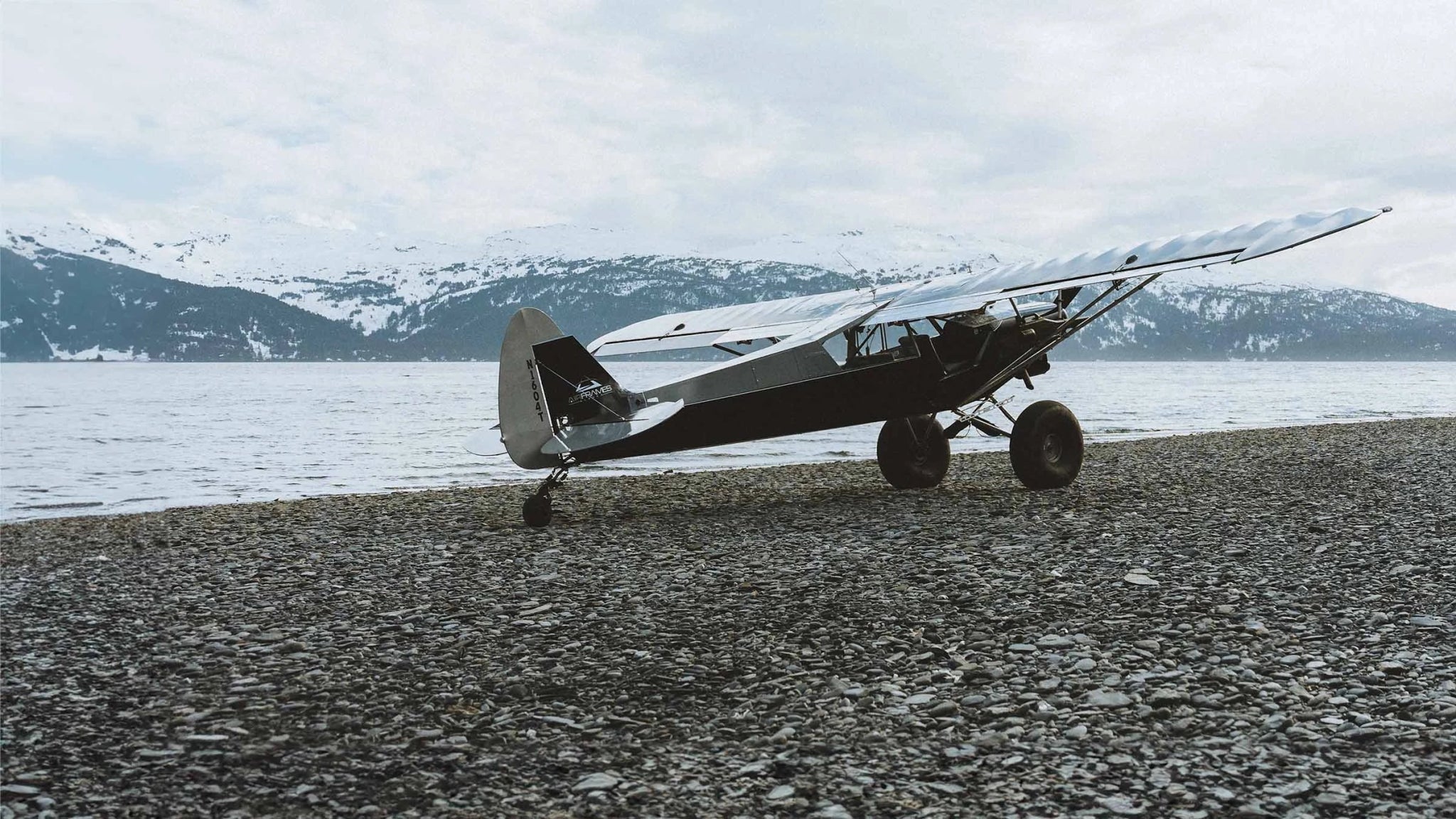

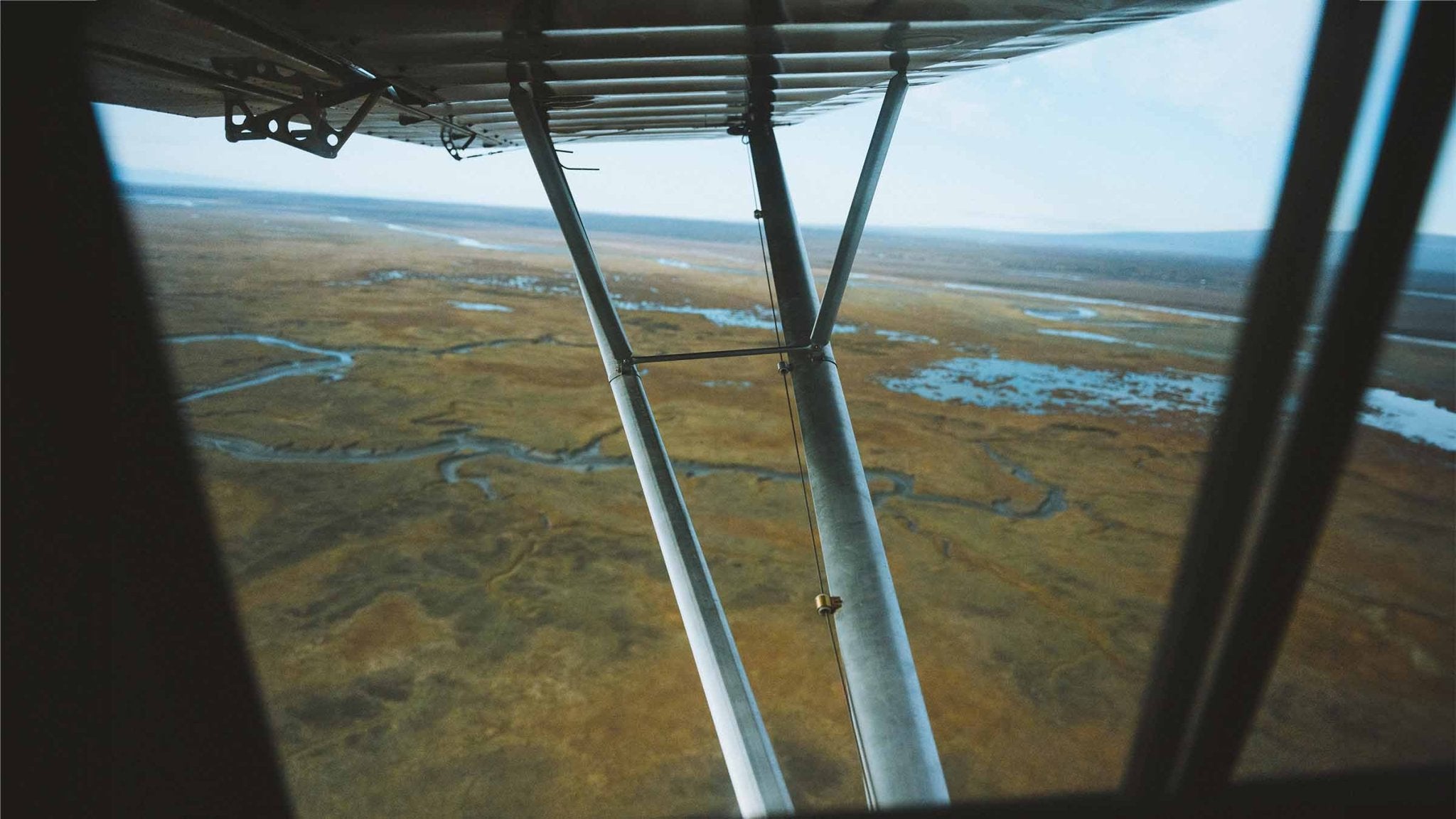
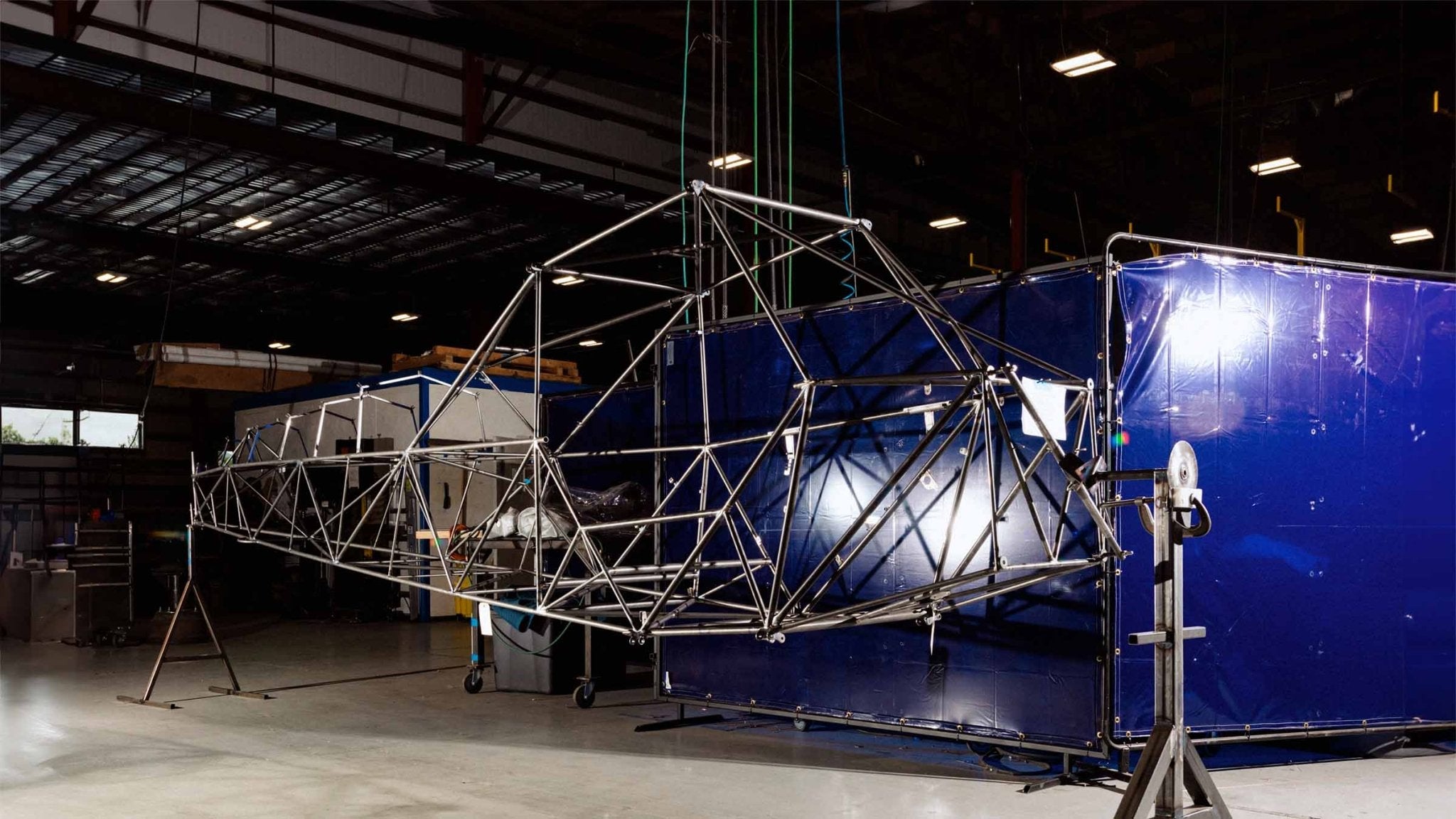

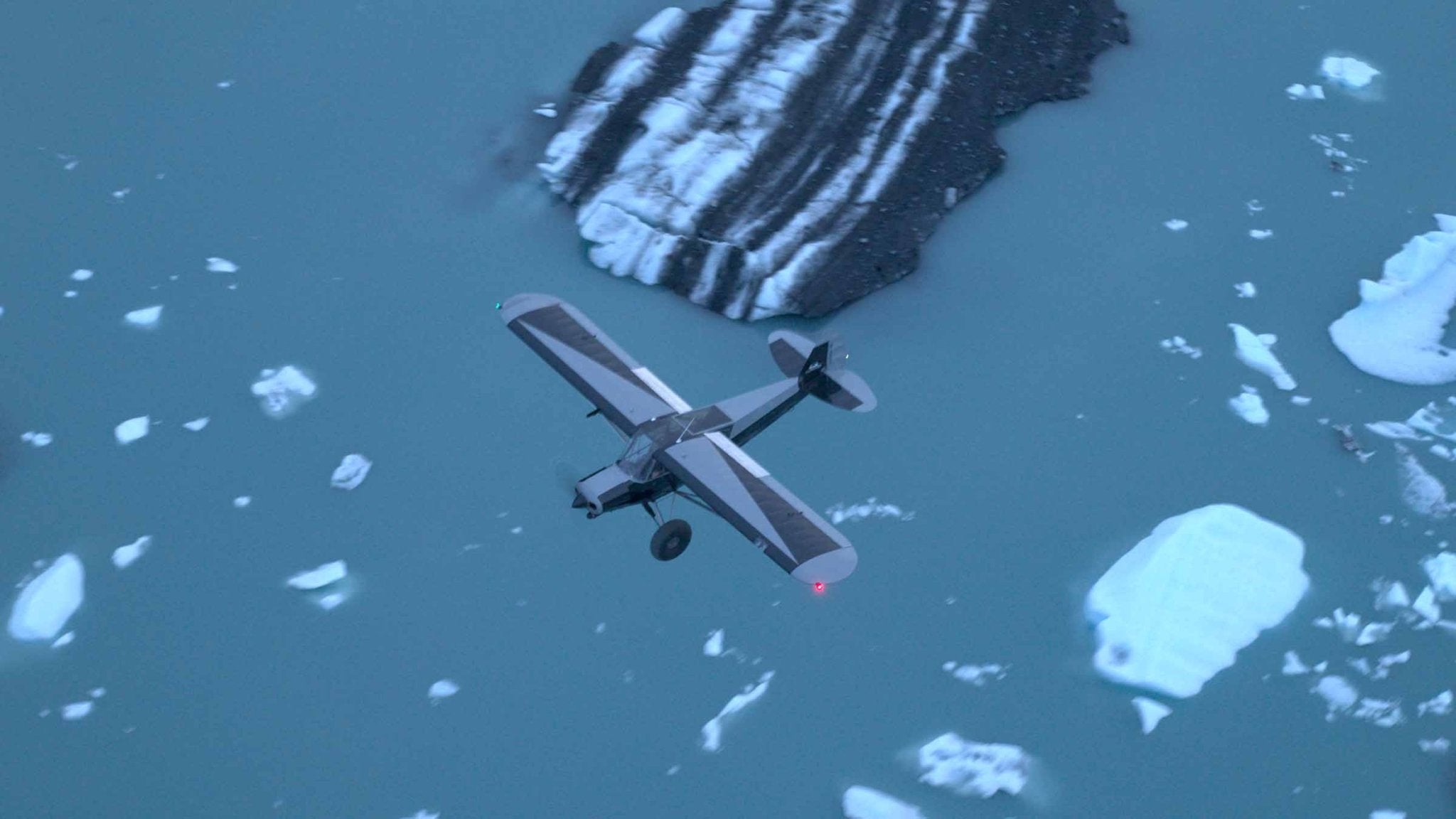
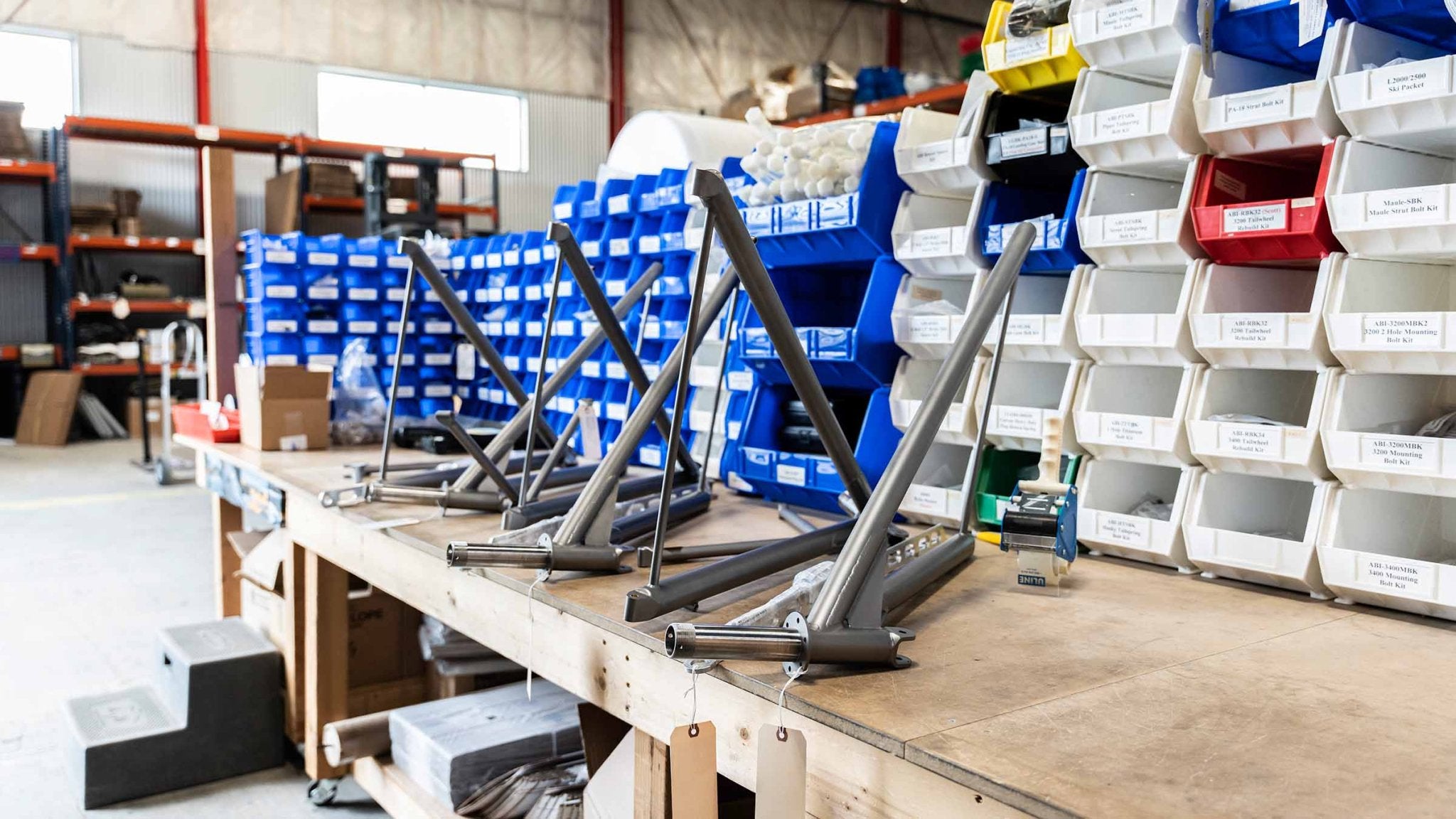



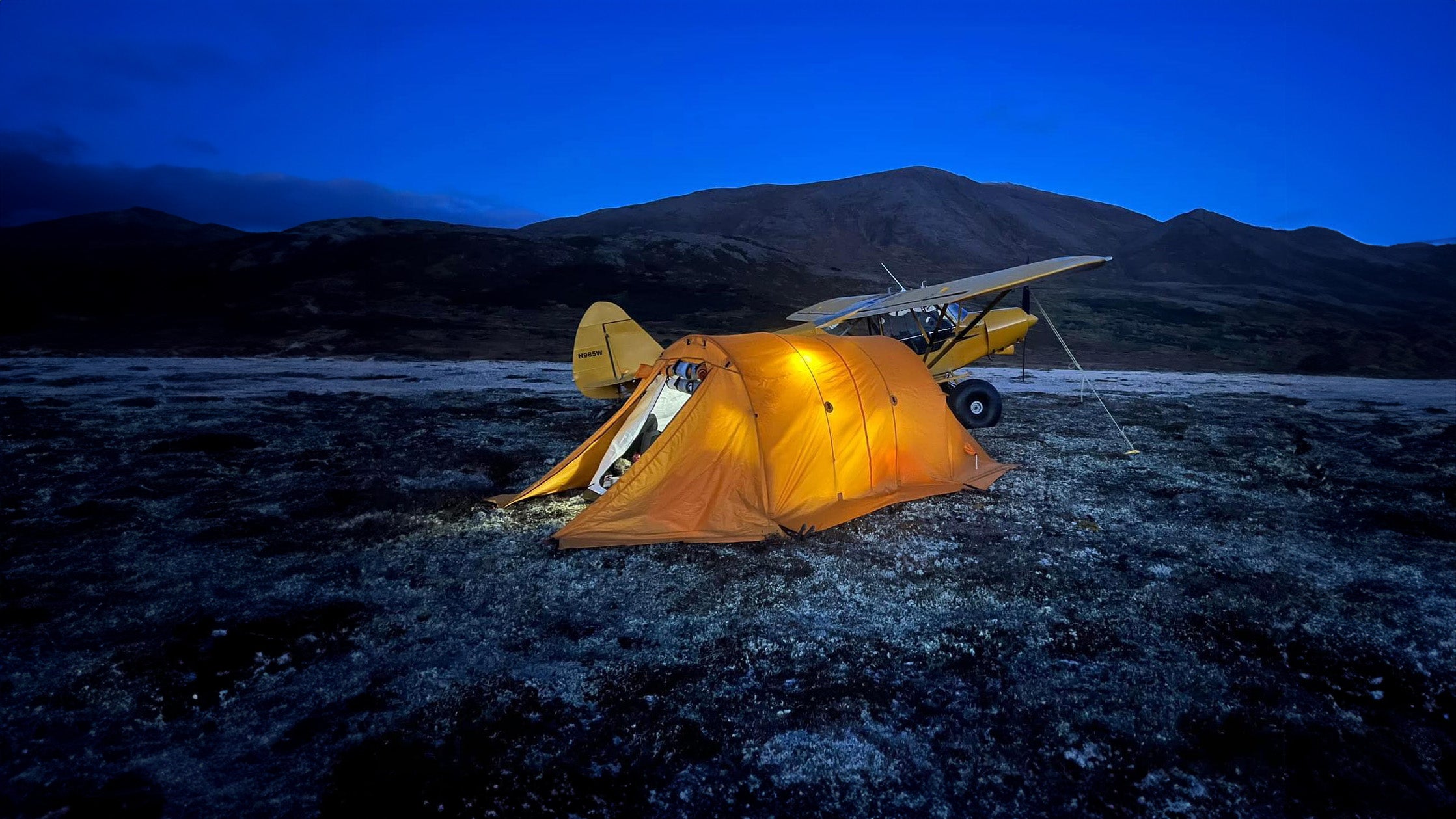

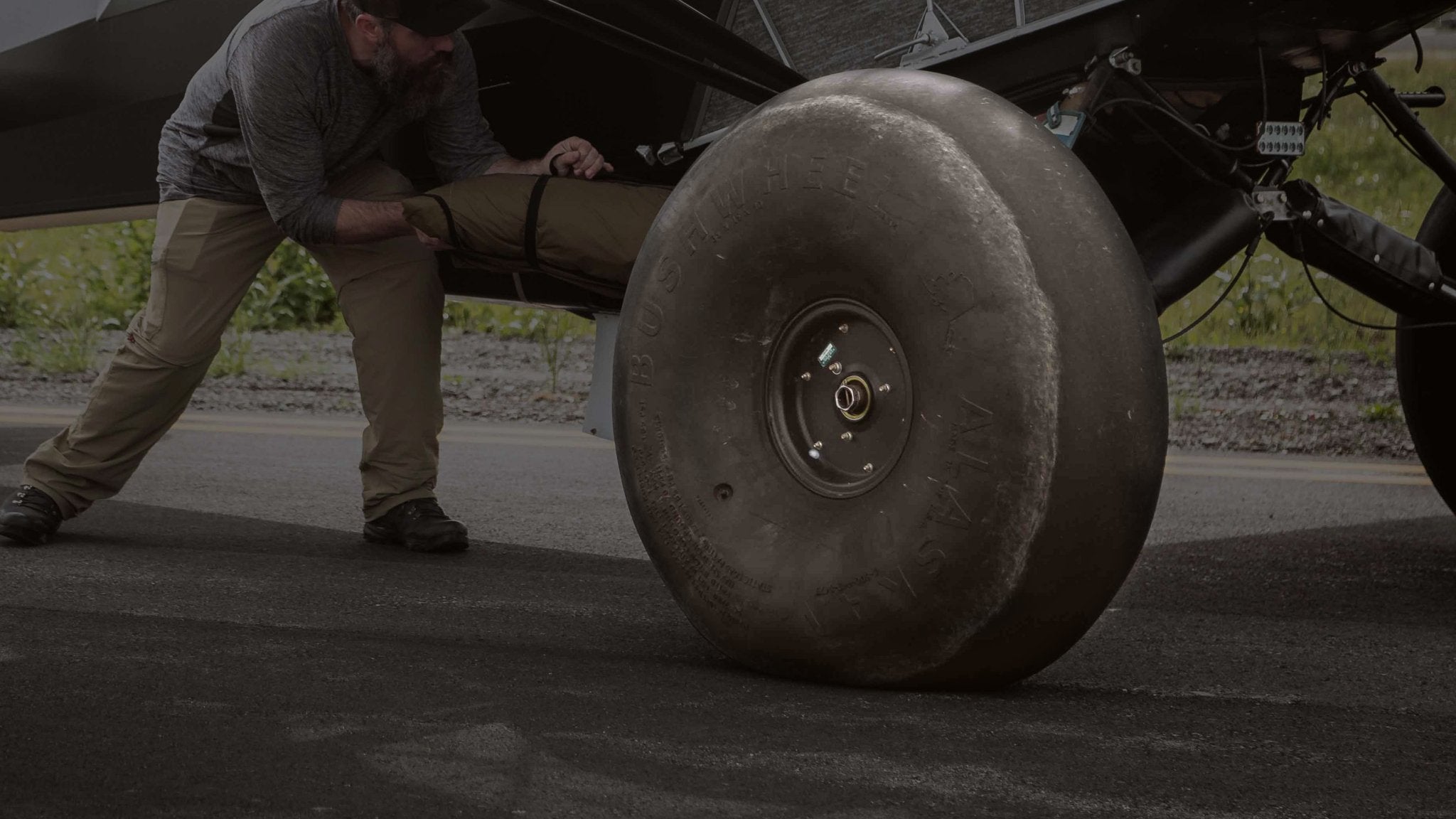

Leave a comment